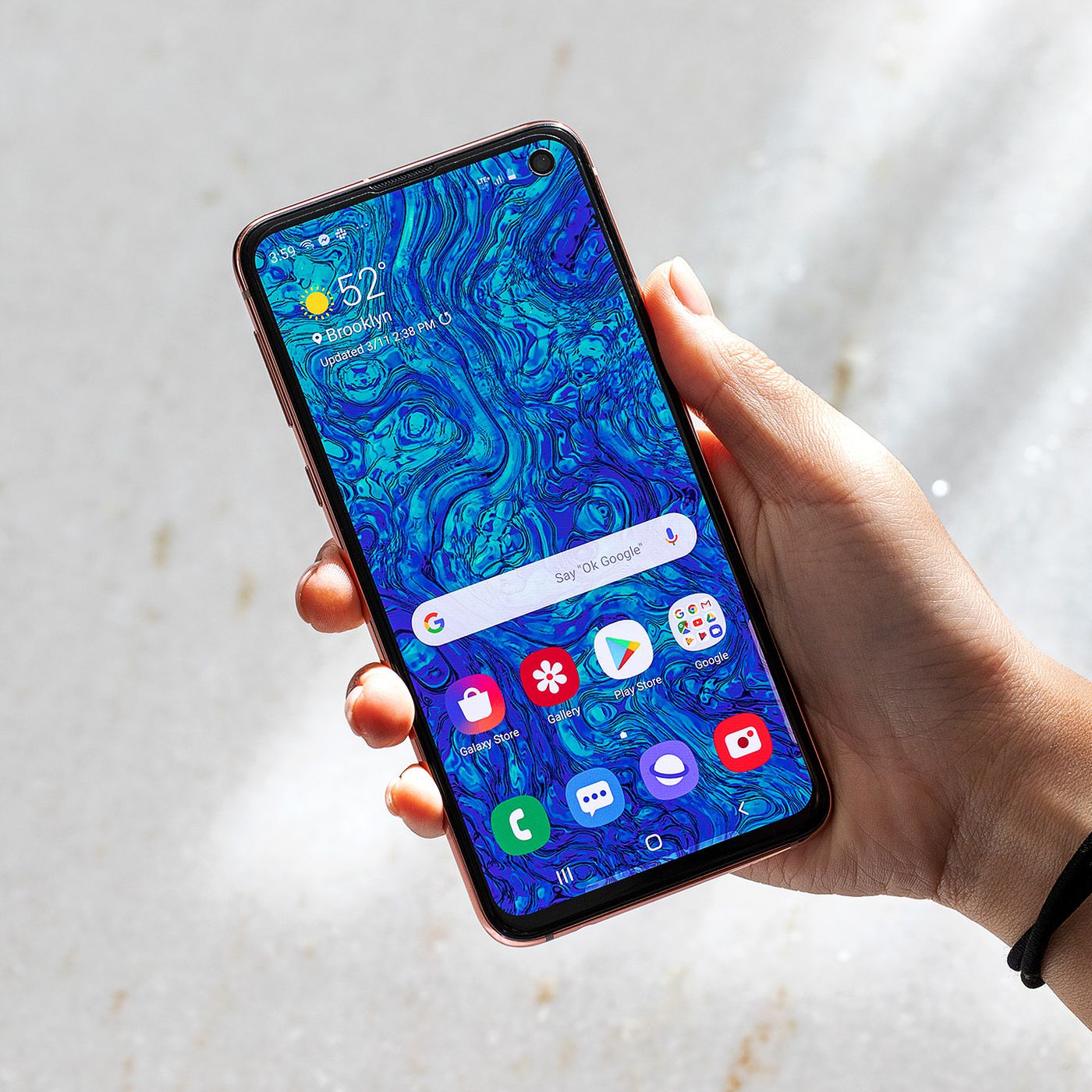
Historical Context
Rear fingerprint sensors have been a staple in the Android ecosystem, offering a unique and intuitive way to unlock devices. Their popularity has waxed and waned over the years, with some users passionately advocating for their return and others dismissing them as outdated.
Early Adoption
The first rear-mounted fingerprint sensor was introduced in the Nexus 5 in 2013. This innovative feature allowed users to unlock their devices by placing their finger on the back of the phone, a placement that many found natural and convenient. The Nexus 5's rear fingerprint sensor was praised for its speed and accuracy, setting a high standard for future implementations.
Popularization
The original Pixel series, which debuted in 2016, further popularized rear fingerprint sensors. The Pixel phones featured capacitive rear-mounted sensors that were not only fast but also ergonomic. The ability to swipe down on the sensor to reveal the notification shade added an extra layer of utility, making it a favorite among many users.
Shift to In-Display Sensors
As technology advanced, manufacturers began to shift towards in-display fingerprint sensors. This change was driven by the desire to minimize bezels and create a more seamless screen experience. Samsung, for instance, introduced its first in-display fingerprint sensor with the Galaxy S10 series in 2019. While this technology has improved significantly, many users still miss the reliability and convenience of rear-mounted sensors.
Advantages of Rear Fingerprint Sensors
Ergonomic Placement
The back of the phone is where the index finger naturally falls when pulling out a device from a pocket. This placement makes unlocking the phone a one-step process, which many users find more intuitive than reaching for an in-display sensor or using facial recognition.
Speed and Accuracy
Rear fingerprint sensors are often faster and more accurate than their in-display counterparts. The physical contact with the sensor provides a more reliable reading, reducing the likelihood of false negatives or slow unlocks.
Multi-Functional Use
On Pixel phones, the rear sensor can be used to swipe down and reveal the notification shade, combining two actions into one quick motion. This feature enhances productivity and convenience, making it a standout among other biometric methods.
User Experience
Many users appreciate the tactile feedback of placing their finger on a physical sensor. This feedback can be particularly useful in situations where the screen is not easily accessible, such as when the phone is in a car mount or on a desk.
Disadvantages of Rear Fingerprint Sensors
Design Constraints
The placement of a rear fingerprint sensor can sometimes conflict with other design elements, such as the camera module. This was evident in the Galaxy S8, where the sensor was positioned next to the camera, creating a less-than-ideal user experience.
Convenience in Specific Scenarios
While rear sensors are convenient for unlocking while pulling out the phone, they can be less practical in other scenarios. For example, having to flip the phone over to unlock it while it's on a desk can be inconvenient.
Aesthetics
Some users may find the design of rear-mounted sensors less appealing than the sleek, bezel-less designs that in-display sensors allow. This aesthetic preference can influence the choice between different types of fingerprint sensors.
The Rise of In-Display Fingerprint Sensors
Technological Advancements
In-display fingerprint sensors have become increasingly popular due to their ability to minimize bezels and create a more seamless screen experience. These sensors use various technologies such as ultrasonic or optical scanning to read fingerprints through the screen.
Design Flexibility
In-display sensors provide greater design flexibility, allowing manufacturers to create thinner, more bezel-less devices. This aesthetic appeal is a significant advantage for many users who prefer the look of modern smartphones.
Integration with Other Features
In-display sensors can be integrated seamlessly with other features like facial recognition and gesture navigation. This integration enhances the overall user experience, making it more convenient to interact with the device.
User Perspectives
Loyal Advocates
Many users who have experienced rear-mounted sensors on older devices like the Pixel 5 or Nexus 6p swear by their reliability and convenience. They argue that the ergonomic placement makes unlocking faster and more intuitive.
In-Display Converts
Some users who initially preferred rear sensors have converted to in-display technology, citing improvements in speed and accuracy. However, they often miss the tactile feedback and multi-functional use of rear sensors.
Aesthetic Preferences
A few users prefer the sleek design of in-display sensors over the physical appearance of rear-mounted sensors. They find the bezel-less look more appealing and modern.
Future Outlook
The debate over rear fingerprint sensors in Android phones is complex and multifaceted. While some users passionately advocate for their return, citing ergonomic placement and multi-functional use, others dismiss them as outdated. In-display sensors have become increasingly popular due to their technological advancements and design flexibility.
Ultimately, the choice between rear-mounted and in-display fingerprint sensors comes down to personal preference and specific use cases. As technology continues to evolve, it's likely that we'll see a blend of both approaches in future devices, offering users the best of both worlds.
Manufacturers should continue to listen to user feedback and innovate based on real-world needs. By doing so, they can create devices that not only meet but exceed user expectations, ensuring that the next generation of smartphones is both functional and aesthetically pleasing.
